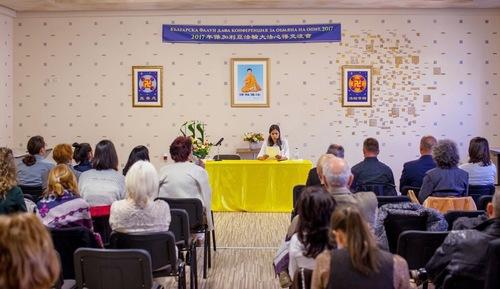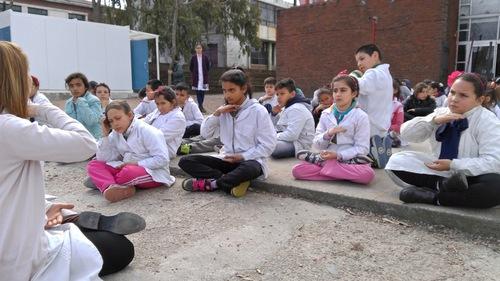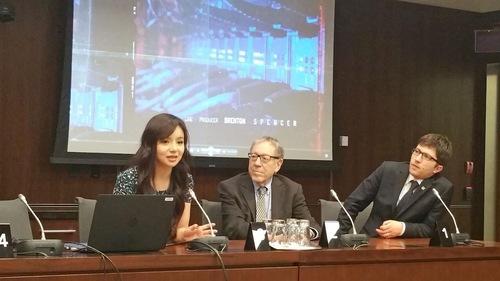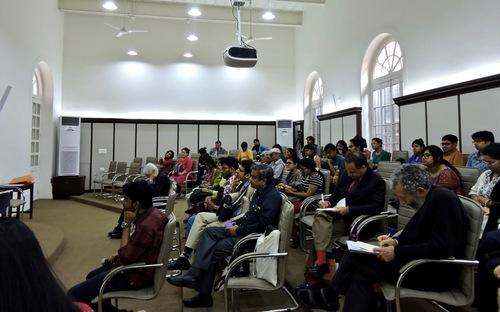In 2011, NASA delivered the first robot to the International Space Station (ISS). The Robonaut 2 was largely immobile and served little more as a display than anything else, but cemented the idea that the future of space exploration would be in the hands of autonomous machines.
Now that dream is becoming true, step by step. A group of researchers at the French National Centre for Scientific Research (CNRS) developed a software that could allow robots to develop their own “autobiographical memory,” learning how to do things not from programming but by interacting with the world through visual perception and natural language, just as humans do.
“We believe that if humanoid robots are to engage with humans in useful, timely, and cooperative activities, they must be able to learn from their experience with humans, and importantly, to share their knowledge in a suitable way,” the researchers said in a new paper.
For their proof of concept, the researchers installed their learning software on a Nao robot—famous for its flexible limbs and dancing and soccer chops—and videotaped the robot learning how to aid humans in replacing electronic cards, a periodical task on the ISS.
Not only was the robot able to learn how to complete the task through human instruction alone, it was also able to reverse roles and teach the process to a human who didn’t know how to do the replacement—all in natural language. Granted, the task was numbingly simple, involving the holding and release of a thin piece of silicon, but it marks a conceptual breakthrough.
https://www.youtube.com/watch?t=3&v=LWS1m_pLNDs





